Kids.
"In 2021, according to the Census Bureau, the U.S. population grew at the slowest rate in recorded history.”

“Actions follow being,” wrote Aristotle twenty-three centuries ago.
“Today … we see a form of selfishness. We see that some people do not want to have a child. Sometimes they have one, and that’s it, but they have dogs and cats that take the place of children. This may make people laugh but it is a reality,” the Pope offered his remarks on January 5, 2022. El Papa went further saying this isn’t a new trend — the world has been in what he referred to as a “demographic winter” for years.
Noted American economist Tyler Cowen described the data triggering the Pontiff’s comments as, “… one of the most worrisome economic statistics of a year that was full of them: In 2021, according to the Census Bureau, the U.S. population grew at the slowest rate in recorded history.”
Late last year, on November 24th, India’s government declared that the country’s fertility rate had dropped to 2.0 children per woman. That is below the replacement rate of 2.1 children per woman—at which new births are sufficient to maintain a stable population. The news put India in the company of many far richer economies. Fertility rates are now below replacement level in all four of the “BRIC” countries (Brazil, Russia, India, and China). It is no surprise that emerging economies should follow a demographic trajectory similar to that traveled by rich economies before them. But the pace of change seems to be accelerating, with potentially profound implications for the global economy. Below are the fertility rates for Japan, India, Germany, the US, the UK, and China versus the world since 1950.

The world’s top five economic powerhouses are not producing enough children to keep their population stable moving forward.
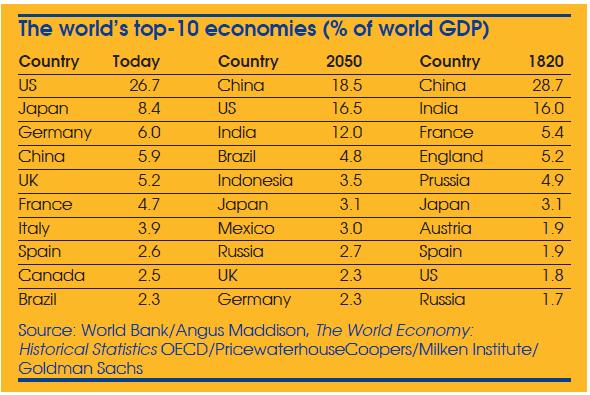
Historically speaking, in the 18th century, death rates in parts of northwest Europe began to decline, marking the first stage of a seismic demographic shift. Falling death rates led to rapid population growth; Britain’s population roughly doubled between 1760 and 1830. Yet from the late 18th century, fertility rates began to decline as well. By the 20th century, birth and death rates in rich countries stabilized at low levels, leading to slow or even negative population growth in the absence of immigration. This fertility shift triggered the Pope’s “demographic winter” assessment. As I look over the horizon, I don’t see signs of a turnaround.
According to a Morning Consult survey, 17 percent of 572 millennials (those ages 24 to 39) who don’t have children said they would further delay having them because of the pandemic, and 15 percent said they are less interested in having children at all because of COVID-19. Only 7 percent of this group said they are more interested in having children due to the pandemic. I am not a huge fan of opinion polls as the questions and respondents’ desire to be opaque may in fact skew the results. That being said, I am stuck with results that mirror my informal polling of my millennial children and their friends. The “why” millennials say they aren’t parents is broken down in the graphic below.
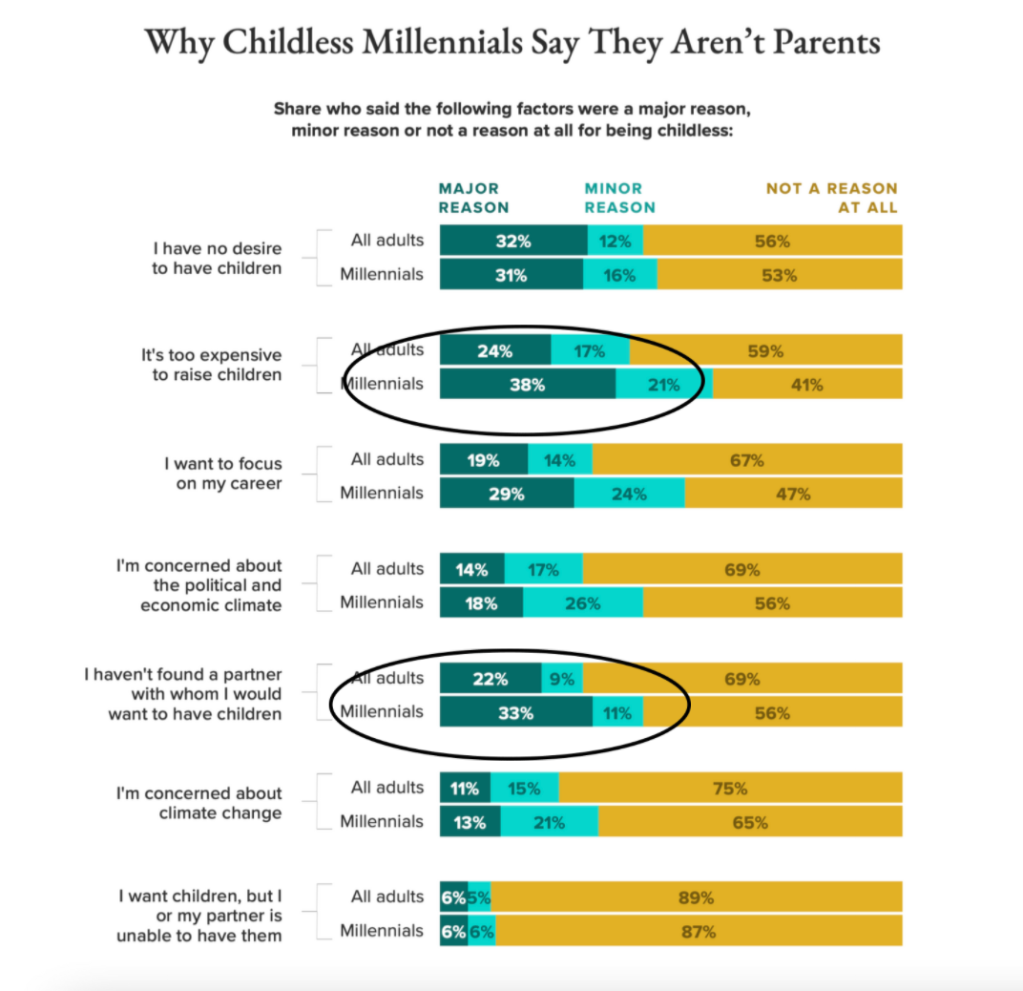
Two major reasons for being childless stick out to me. 1) “It’s too expensive to raise children” and 2) “I haven’t found a partner with whom I would want to have children.” As with any data, I want to investigate the fact behind the held belief. Partner preferences are difficult to research, but I can check on the cost of child-raising.
In 1960, parents paid $25,299 to raise their child to the age of 18. Adjusted for inflation, this total is $202,020 according to the USDA. The current cost is crudely estimated at $233,610, though crystal balls may vary. The math suggests the cost of raising a child has risen 17-25% in real terms over 60 years. Not a catastrophe increase, but big enough. I am betting that the hard cost increase is not the real issue. I believe financial uncertainty and future job expectations might be driving the would-be parent sticker shock. Planning and conceiving a child is a profoundly positive assessment of your future prospects.
I found this article from BloombergOpinion (see the chart below) which caused me to take pause. According to a rather broad study, increased means did result in improved well-being. It turns out that money could buy a certain level of happiness. Not satisfied with reading a review of the study, I sought out the raw research to get a better feel for its conclusions.
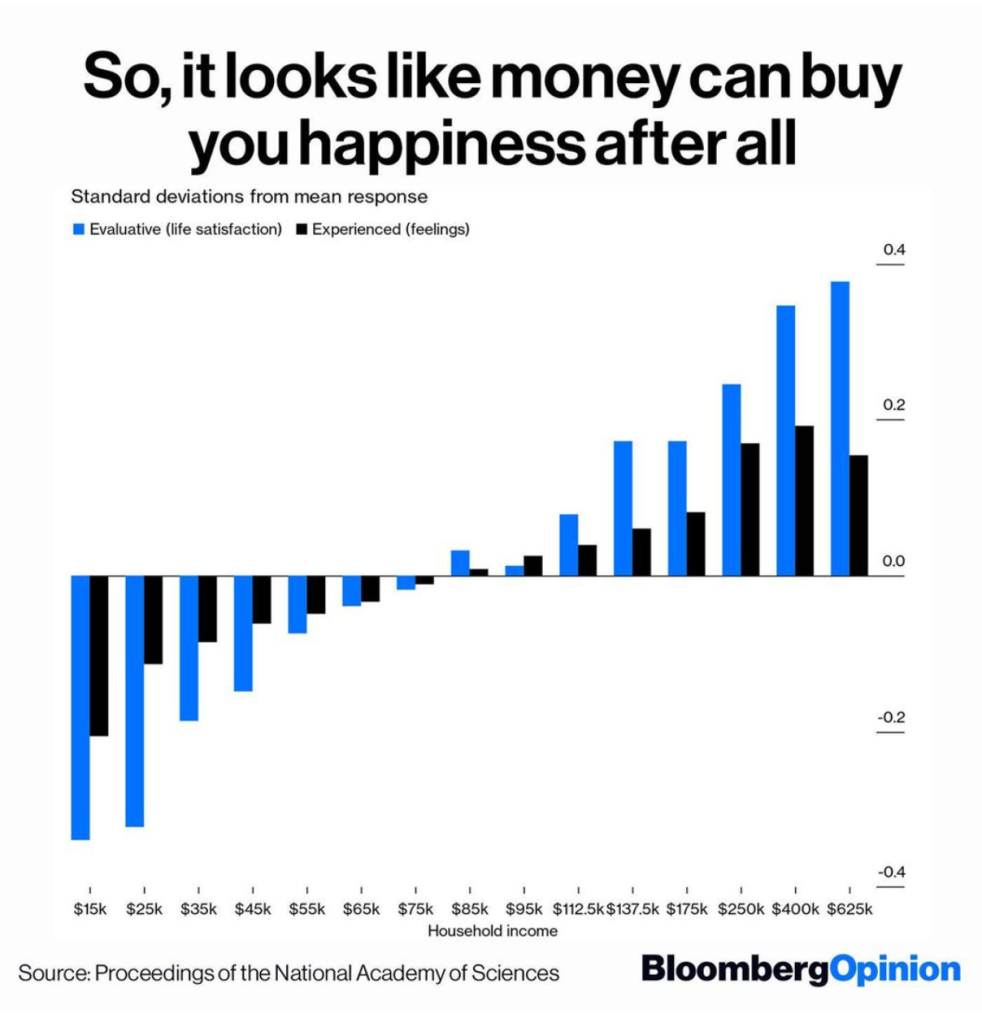
Inside the well-crafted study, I found a very clear graphic presentation of household income and positive and negative feelings about well-being. $75,000 a year is the starting point where well-being begins to soar.
Household Income versus Well-being
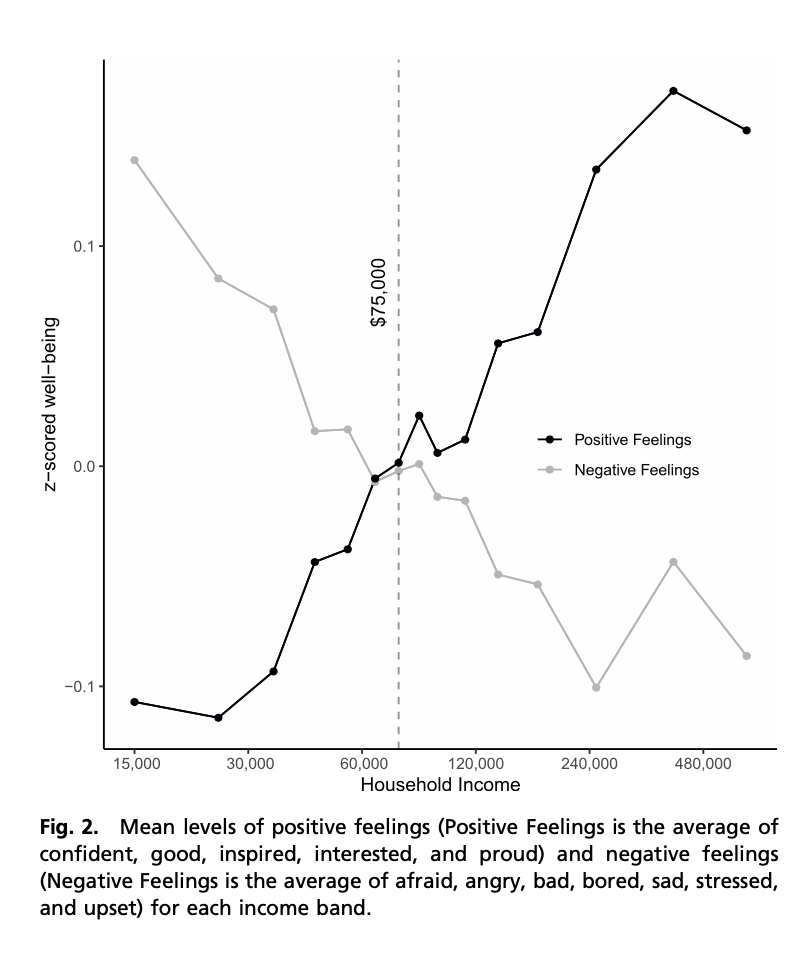
Given the high correlation between well-being and money, the expectations, not the reality of the costs of raising a child or two that push potential parents outside their financial comfort zone could be a serious wedge in the child debate. Behavioral economics would argue that expectations are more of a force than reality itself. So rhetoric alone could be shaping the “having children” debate.
Fortunately, economist Tyler Cowen dug in deeper, “In contrast, the most exciting states, cities, and neighborhoods have lots of new venues and new people. Over the last decade the three fastest-growing states, in percentage terms, are Utah, Idaho, and Texas. I’ve recently visited the latter two and felt a palpable sense of excitement and ambition.” The relationship between population and economic dynamism is key.
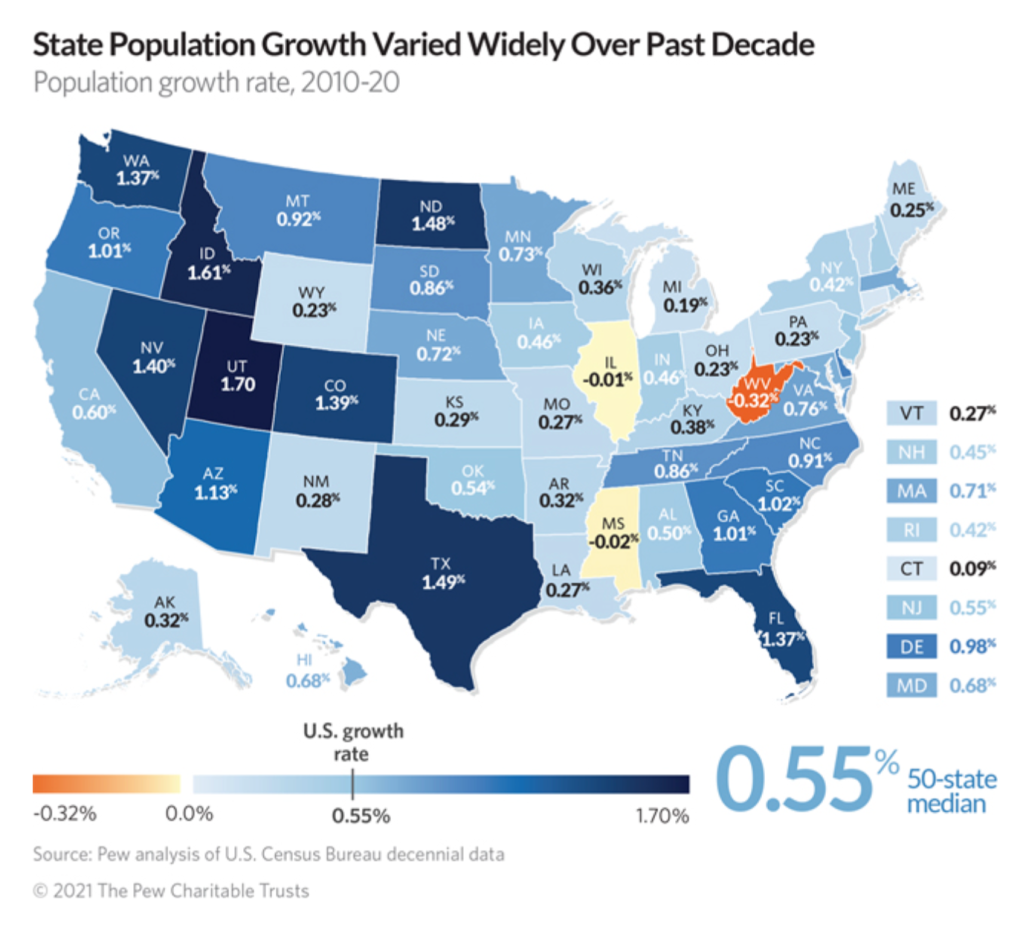
I contend that Tyler Cowen is dead-on with his “boots on the ground” assessment of the mood in the growing states. The prevailing narrative or rhetoric and economics are generating brighter expectations in those states. Into the brighter expectations, couples bond and procreate believing in tomorrow. According to CDC data for 2019, Utah ranked #4 by fertility in the US. Idaho is #5. Texas is #12. Only the states of North & South Dakota, Alaska, and Nebraska had higher fertility rates than Utah and Idaho. For an apples-to-apples comparison, the 2019 Real GDP for the US States is in the graphic below. Prosperity and fertility rates appeared to move together. In human affairs, I analyze data anecdotally not in purely statistical terms.
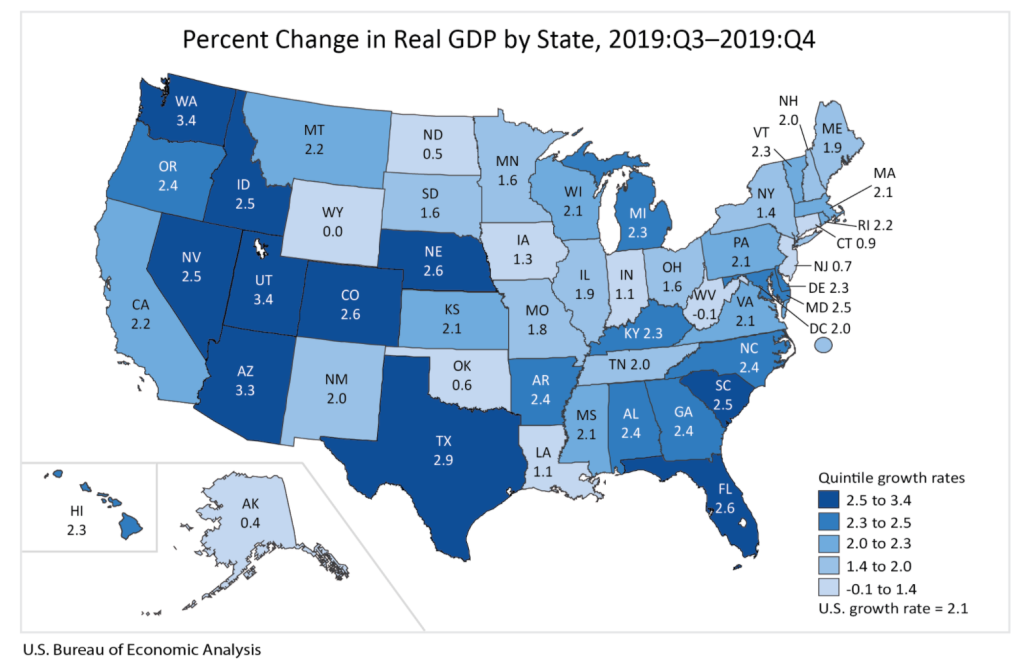
The data for 2021 (see Real GDP graph below) which aligns with Tyler Cowen’s visits, suggests Texas only trialed in Florida in GDP growth. Expectations are high for a reason.
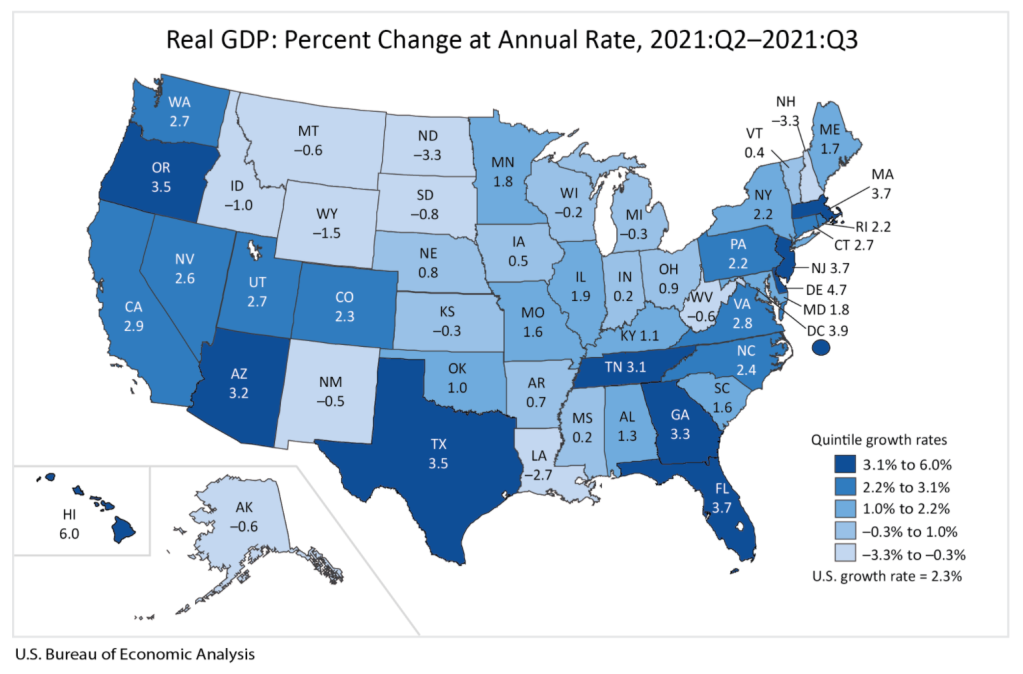
Economic reality or rhetoric? Which is holding millennials back from having kids? So far my millennials and their friends are marrying and having kids, albeit at a slower rate than my baby boom generation. However, we live in Texas.
I am reminded of Democratic strategist James Carville’s quote surrounding the 1992 Presidential campaign, “It’s the economy, stupid.” Carville deduced that voters cared more about their pocketbooks than policy. Of course, he was dead right. The rhetoric and reality of the current economy and their future prospects are likely to be the key driver in Millennial opinion formation.
Federal and state policy-makers take heed. The “demographic winter” might have a solution. “It’s the economy, stupid.” Millennials are searching for a little sprinkle of economic certainty in a very uncertain world.
As the proud father of four wonderful individuals and grandfather to three amazing grandkids, I can attest to the unique happiness that children bring into your life. No one can see the economy clearly 20 years in the future. Economic uncertainty will always be there. Having kids is a bet on yourself and your ability to cope with life’s changes. Nothing is a substitute for the trials, tribulations, and joys of having, raising, and being there for your kids. Like it or not. Your kids are your true legacy.

